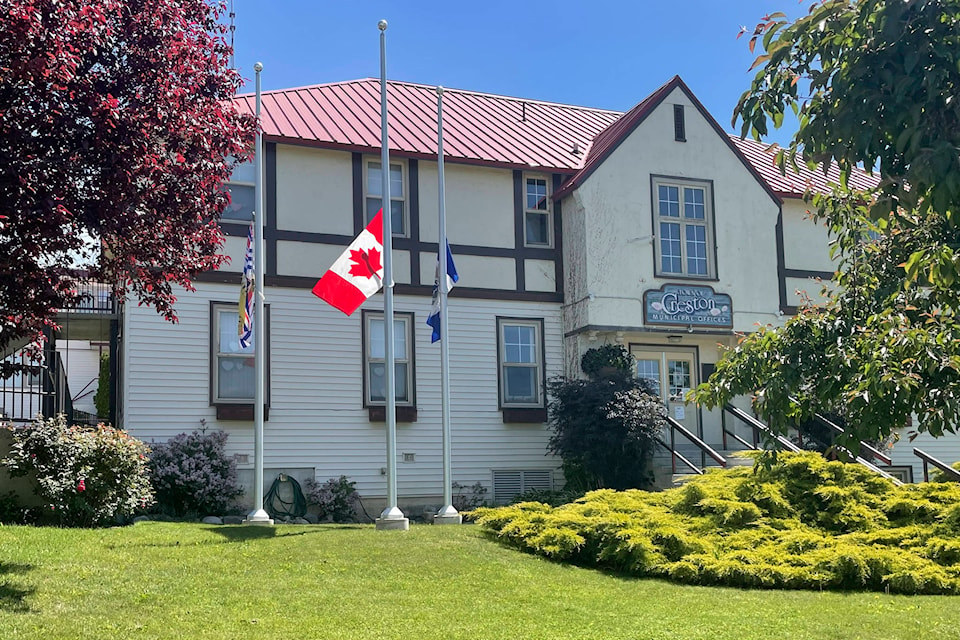Canadians were shaken by the news last week that the remains of 215 children were found at a former residential school in Kamloops.
READ MORE: Remains of 215 children found at former B.C. residential school an ‘unthinkable loss’
On May 28, the Tk’emlups te Secwépemc First Nation confirmed the children were students of the Kamloops Indian Residential School, which was the largest school in Canada’s Indian Affairs residential school system.
“We had a knowing in our community that we were able to verify,” said Chief Rosanne Casimir. “To our knowledge, these missing children are undocumented deaths. Some were as young as three years old.”
Preliminary work began in the early 2000s to determine if the remains of the children were on the reserve, with ground-penetrating radar technology confirming the stories.
The Kamloops Indian Residential School was operated under Roman Catholic administration from 1890 to 1969, where as many as 500 children were enrolled at one time. It was one of more than 130 Canadian residential schools that operated between 1874 and 1996.
The National Centre for Truth and Reconciliation (NCTR) has records of at least 51 children dying at the school between 1915 and 1963.
Students were sent there from as far away as Penticton, Hope, Mount Currie, Lillooet and even outside the province. Children were forcibly removed from their homes once attendance became mandatory by law in the 1920s, with their parents under threat of prison if they refused. Students lived at the school from September to June, alienated from their family except for Christmas and Easter visits.
To show local support, the flags at the Town of Creston and the Yaqan Nukiy School were lowered to half mast on Monday, May 31.
“It’s been a rollercoaster of emotions that I am still feeling in this moment,” said Nasukin Jason Louie of the Lower Kootenay Band (LKB).
“Let’s call this for what it is. This is murder that was committed on behalf of the Catholic church and the Government of Canada. We have to stop changing the lingo. This grave of 215 children is an attempt at genocide.”
Louie added that he wants to see the government issue an immediate inquiry into other residential schools. He suspects that there are also unmarked graves at the St. Eugene Golf Resort & Casino in Cranbrook, which is a former residential school that is now co-owned by LKB.
“We need to go to the grounds of every residential school in Canada, because this is just the tip of the iceberg,” said Louie.
The NCTR estimates more than 150,000 children attended residential schools from the 1830s until the last school closed in 1996.
“Stop telling Indigenous people to just get over it,” said Louie. “I want this to be heard loud and clear. How do you get over something like this? That’s 215 children. I have a grandchild that isn’t much younger than the remains that were discovered. It’s just absolutely sickening.”
Right now, Louie said non-Indigenous Canadians can offer their support by being present, educating themselves on residential schools, and listening.
“Hear the pain of the Indigenous people,” he said. “Let us feel and go through these emotions. We’re not looking for you to minimize this. And unfortunately, we are going to see this minimized and compared to other tragedies. But this is ours.”
- With files from Katya Slepian
The Indian Residential School Survivors Society is offering toll-free 24-hour telephone support for survivors and their families at 1 (866) 925-4419. Alternately, you can reach out the KUU-US Crisis Line Society 24-hour line at 1-800-588-8717.
READ MORE: Ktunaxa deeply saddened by news of discovery of children’s remains
